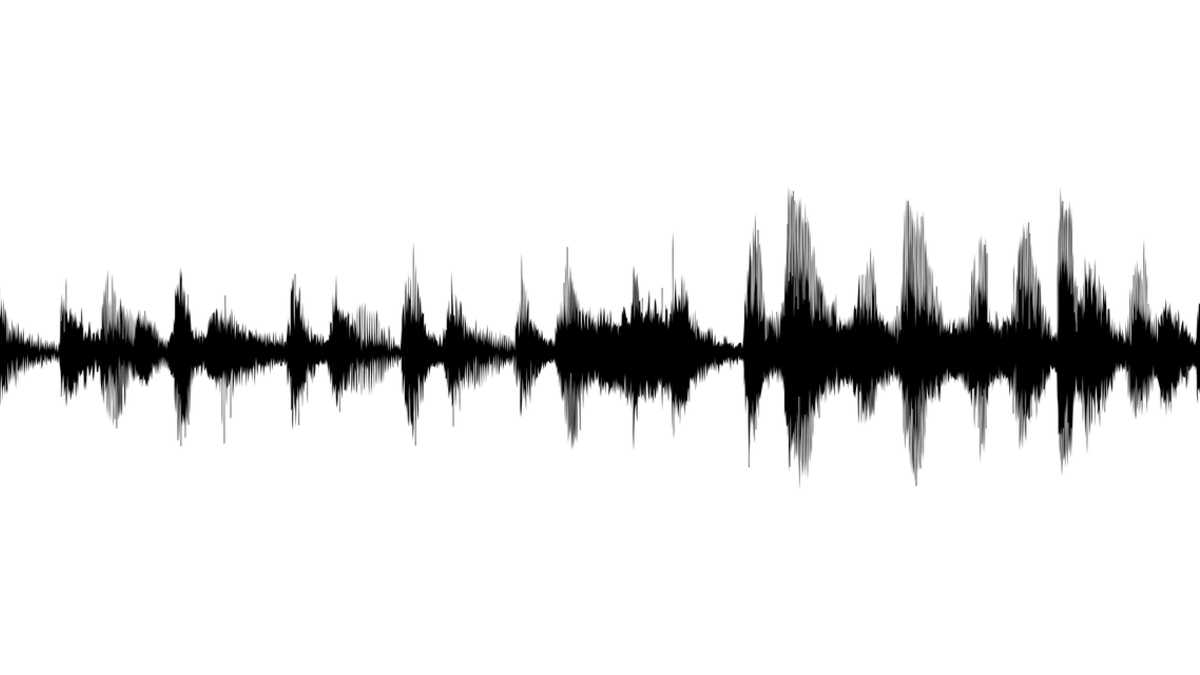 To achieve communication over the Internet without problems it must be taken into account that audio can be affected by two factors, compression and network bitrate.
To achieve communication over the Internet without problems it must be taken into account that audio can be affected by two factors, compression and network bitrate.
Juan Tamayo, CTS-D*
This last year we have seen a technological revolution in audiovisuals, remote connectivity from home or in offices without public contact becomes the new normal, before we had face-to-face meetings with rooms designed for human interaction, exchange of elements and a greeting / goodbye with a handshake, today we do everything from a distance, using a screen and a camera as interfaces to connect to the world.
Speaking of connectivity, there is a question that has both width and background: Which is more important audio or video? And it is a question "philosophically" as difficult as that of the egg and the chicken, I do not know which was the first, but I consider both important (Solomonic answer so as not to hurt susceptibilities).
My professional experience has led me to deepen the subject of audio than video, although I still study this one a lot, so this article will be based on audio, but its theoretical framework can be easily applied to video, and I invite if any professional wants to do the written exercise and explain this.
Entering the topic that interests us, before starting to talk about technique let's keep in mind that to talk about the internet we must know that the transmission of content of any kind is done through IP technology (Internet Protocol) using Datagrams or Packets that transport the information. And that, unfortunately, on the internet it can not be guaranteed that the packages arrive complete or incorrupt, that the order of arrival is adequate or that the packages are not duplicated.
IP addressing delivers a number of 4 segments to each element with established conditions, such as address and network mask, I will not delve into this, although it is super important to know the technique. In addition to the addressing, it is important to know about UDP (User Datagram Protocol) which is the protocol created in the 80s to connect two devices in a network, but without generating a handshake, that means that the transmitter does not know how the packet arrives at its destination, or in the worst case, if it does not arrive.
But how does a UDP send an audio and that it reaches its destination well through the internet? In the mid-90s an RTCP protocol was created that can be included within a UDP packet, it is called Real Time Control Protocol, real time control protocol, which allows to carry time information with statistics of quality of service, transmission and synchronization of multiple transmissions. Basically what the RTCP does is place a timestamp within the audio transmission protocol and the receiver when it has the packet, reviews the information and organizes it to play it in the proper order.
We already know that to transmit over the Internet a transmission model based on UDP transmission packets is required and that these carry an RTCP that is the one that gives the order of reproduction. To achieve the audio connection requires a signaling, which is achieved by a SIP. This allows to make the link between transmitter and receiver.
We already talked about UDP, RTCP and SIP. The necessary ingredients for a transmission, but the difficult thing about audio is that, if you do not deliver the correct information in the shortest possible time, this information degrades when it reaches the brain and generates discomfort. A classic example of communication, image that someone shouts and while the information arrives, the question he is saying, but while you ask he gets another cry ... then you don't know what they're telling him.
In order to achieve communication over the Internet without problems, it must be taken into account that audio can be affected by two factors, compression and network bitrate, which make the amount of information as optimal as possible, since the size of the channels is limited.
Audio compression allows you to adapt the bitrate of the transmission in real time over IP networks and limit the size of the data to be transmitted. There are two types of compression, the first are with lossless algorithms which allows the audio quality to be preserved, but its weakness is that the compression ratio is relatively low, this means that there is almost no saving of information. Lossy algorithms have the advantage that their bit rate is constant, you know how much their transmission is going to be consumed. But its great weakness is that performing this compression consumes more time, although it is only milliseconds, but if we add these milliseconds in all processes its time can grow.
There are many types of compression algorithms, some designed specifically for voice, such as the G711 and G722, and others more musical such as MPEG Layer 2, MPEG Layer 3 (MP3), AAC, Opus and aptX, which we use day by day if we do not realize it. These compression algorithms usually affect portions of the sound spectrum that they do not consider as important, or even acoustically low signals decide to suppress them, to have a lower content and optimize the transmission space.
Another feature is the bitrate, this tells us what is the resolution of the information capture, and is delivered in bits, which is the default computational unit. A 16-bit signal has 65,536 selection options, while a 24-bit signal has 16,777,216 values. The more bits a more real signal can be captured. Accompanied by this resolution, there is the sampling frequency which is the period in which a sample is taken, for example, a system with a sampling frequency of 48KHz, takes 48000 samples in one second, every 0.021 milliseconds a sample is taken (21 microseconds). Do not confuse the sampling frequency with the listening frequency of the human ear.
What analog/digital converters do is convert an analog signal into digital format, and this causes a signal that is heard to become a data frame, the higher the bit resolution and sample rate, the greater the amount of information stored. To calculate the space and bandwidth required, the resolution in bits is multiplied by the sample rate and this is multiplied by the number of channels, since generally the signal can be estuary, 5.1 or another transmission model.
When working on a pure digital transmission protocol it is known as PCM, technologies such as Dante, AES67, AVB use it. But this transmission, if done over the Internet, will consume a lot of bandwidth (they can calculate it). This is where compression algorithms are used to package information by reducing its volume and transmission capacity.
Now, if we put together what we already know and put it on the Internet possibly we will have a little problems since the public internet does not have a quality of service which will cause there to be packet losses, duplicate packages, disordered packages and a complex problem that is the Jitter. Jitter is the fluctuation from delay to temporal variability during the sending of digital signals, a slight deviation from the accuracy of the clock signal. This causes electronic noises in the audio transmission, and generates discomfort when listening to the information.
Fortunately, companies like Digigram (www.digigram) which is a leader in the development of digital transmission protocols (they created EtherSound) generated an overly efficient model of audio transmission over the Internet where it has an intelligent IP transmission engine that guarantees the quality of service, reordering the lost packets, fixing the Jitter and delivering a perfect synchronization in each unit.
This technology has been developed and constantly evolving since 2009 where the highest possible audio quality is delivered independent of network performance. With excellent transport stability combining several adaptive correction strategies depending on the quality of the network. With advanced redundant transmission performing forward error correction (FEC) and extra low latency for the best real-time live production option.
Although we do not create the transmission of audio over the Internet with improved quality, they have many applications, and I believe that migrating from audio from Zoom, Teams or another application can help improve some educational and commercial sectors (even applications can coexist with independent audio over the Internet). Among the most used applications for these technologies we can include: broadcast transmission through radio services over the Internet. One-to-one or one-to-many meetings for applications such as simultaneous translation, in music education in times of pandemic is a great solution where I can watch the video through Zoom, Teams or Meet, but mute the audio of the application and activate an internet channel only for audio.
If you want to know more about models and technologies of audio transmission over the internet where you want to have an excellent audio quality do not hesitate to contact me, I can gladly advise you and expand all this information.
*Juan Tamayo, CTS-D, is an electronics engineer and currently serves as Synthax's Product Applications Engineer for Latin America.












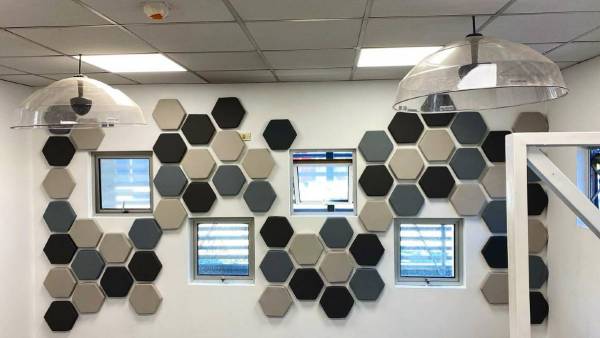
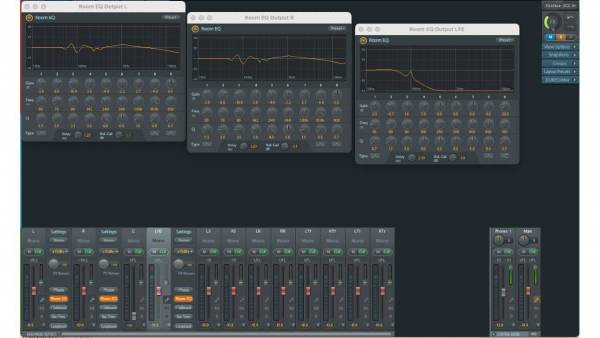
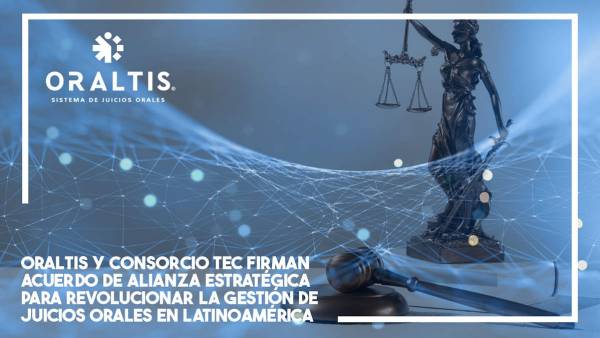
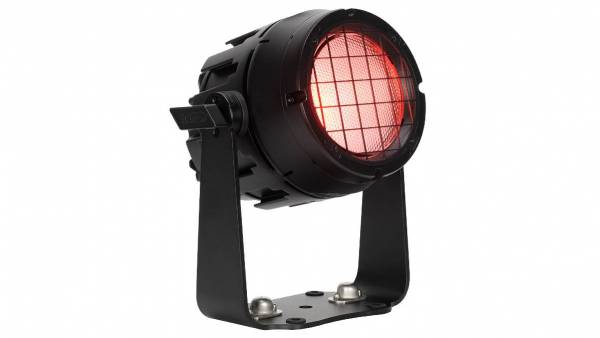










muchas gracias, quedo atento a su respuesta